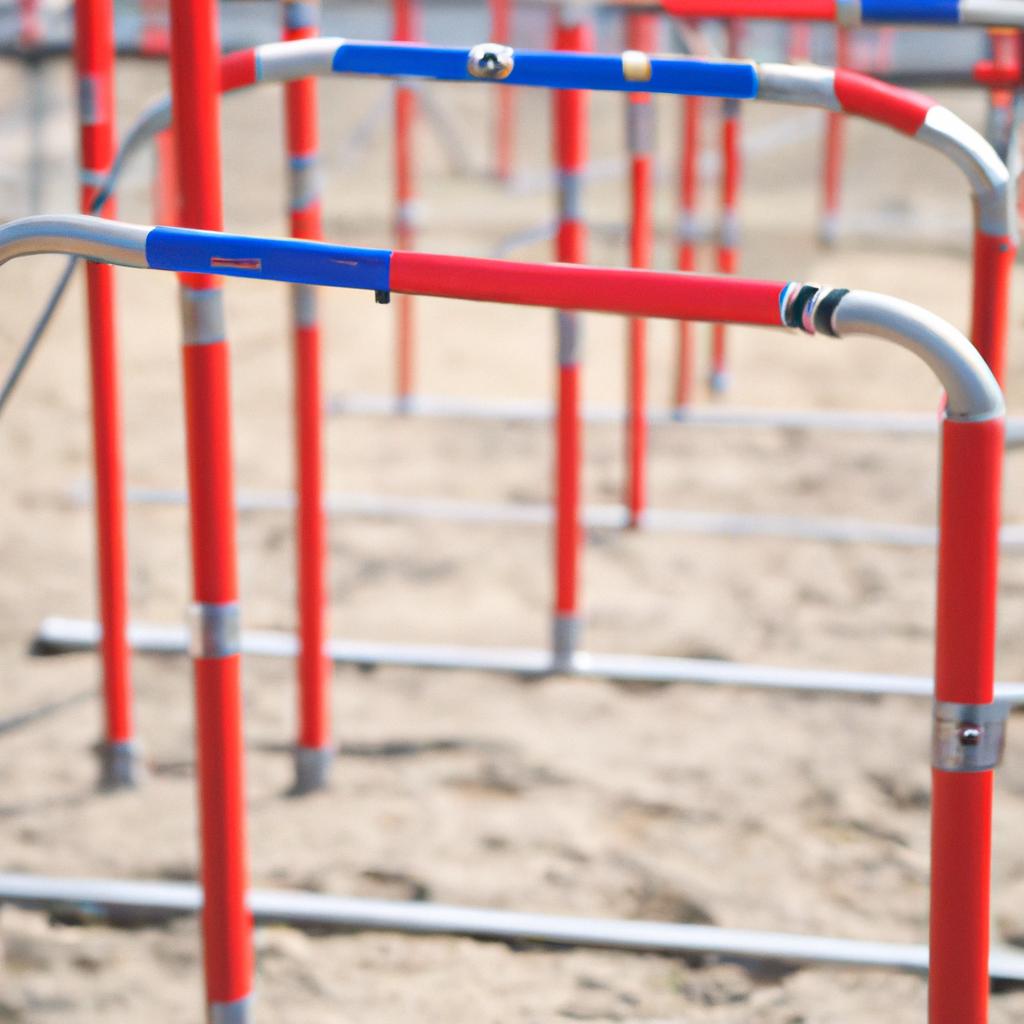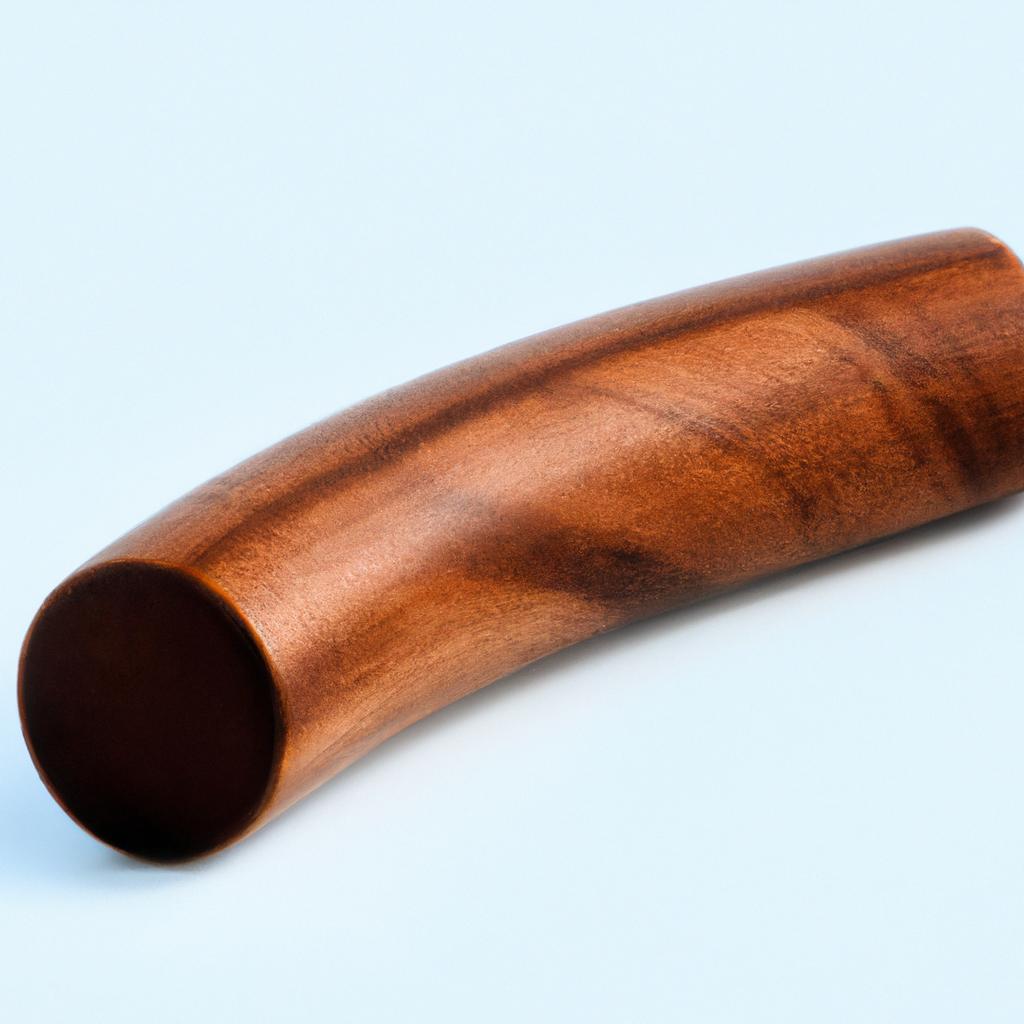**”Trigger Point Therapy for Desk Workers: Techniques to Alleviate Tension and Discomfort from Prolonged Sitting”**
# Trigger Point Therapy for Desk Workers: Techniques to Alleviate Tension and Discomfort from Prolonged Sitting
In today’s digital age, many of us find ourselves glued to our desks for hours on end, leading to a multitude of physical discomforts and health issues. Prolonged sitting can cause muscle tension, poor posture, and even chronic pain, especially in the neck, shoulders, and lower back. Trigger point therapy is an effective method to alleviate these discomforts, enhancing overall well-being for desk workers. This blog post will delve into various trigger point therapy techniques, nutrition tips, exercise advice, and the health benefits that can help you reclaim your comfort and productivity while working at your desk.
## Understanding Trigger Points
### What Are Trigger Points?
Trigger points are small, tight knots that form in muscles. They can be painful and may radiate discomfort to other areas of the body. For desk workers, common trigger points often develop in the neck, shoulders, and lower back due to poor posture and repetitive motions.
### How Trigger Points Affect Desk Workers
When you sit for extended periods, your muscles can become tense, leading to the development of these trigger points. This tension can result in headaches, reduced range of motion, and increased fatigue, all of which can hinder your work performance.
## Techniques for Trigger Point Therapy
### Self-Massage Techniques
1. **The Tennis Ball Method**
Place a tennis ball between your back and a wall. Lean against the wall and roll the ball over the knots in your muscles. Focus on areas that feel particularly tight.
2. **Foam Rolling**
Use a foam roller on your back, thighs, and calves. This technique helps to release muscle knots and improve blood circulation.
### Stretching and Mobility Exercises
1. **Neck Stretch**
Gently tilt your head towards one shoulder while using your hand to apply light pressure. Hold for 15-30 seconds and switch sides.
2. **Shoulder Rolls**
Roll your shoulders forward and backward in a circular motion. This helps to release tension in the upper back and neck.
## Nutrition Tips
### Foods That Help Reduce Muscle Tension
1. **Hydration**
Drinking enough water is crucial for muscle function. Dehydration can lead to muscle cramps and tension.
2. **Anti-inflammatory Foods**
Incorporate foods rich in omega-3 fatty acids, such as salmon and walnuts, as well as antioxidants found in fruits and vegetables. These can help reduce inflammation in the body.
3. **Magnesium-Rich Foods**
Foods like spinach, almonds, and bananas are high in magnesium, which plays a vital role in muscle relaxation.
### Supplements to Consider
If you struggle to get enough of these nutrients from your diet, consider supplements like magnesium or omega-3 fatty acids after consulting with a healthcare professional.
## Exercise Advice
### Regular Movement Breaks
Taking breaks to move around every hour can significantly alleviate tension. Even a short walk around your office or stretching can make a world of difference.
### Incorporating Specific Exercises
1. **Cat-Cow Stretch**
On your hands and knees, alternate between arching your back and pulling it in. This exercise helps improve spinal flexibility and relieve tension.
2. **Seated Torso Twist**
While seated, twist your torso to one side and hold for 15-30 seconds. This helps to stretch the spine and relieve lower back tension.
## Health Benefits of Trigger Point Therapy
### Enhanced Mobility
Regularly addressing trigger points can lead to improved flexibility and a greater range of motion, making daily activities easier.
### Pain Relief
Trigger point therapy can provide significant relief from chronic pain, allowing desk workers to function more comfortably throughout their day.
### Increased Productivity
By alleviating discomfort and improving overall well-being, trigger point therapy can lead to enhanced focus and productivity at work.
### Stress Reduction
Focusing on muscle relaxation through trigger point therapy can also help in reducing overall stress levels, contributing to better mental health.
## Conclusion
Incorporating trigger point therapy into your routine as a desk worker can dramatically enhance your comfort and productivity by alleviating muscle tension and discomfort caused by prolonged sitting. By utilizing self-massage techniques, maintaining proper nutrition, staying active, and understanding the health benefits, you can create a more enjoyable and less painful working environment. Embracing these strategies not only promotes physical well-being but also enhances your overall quality of life.















Post Comment